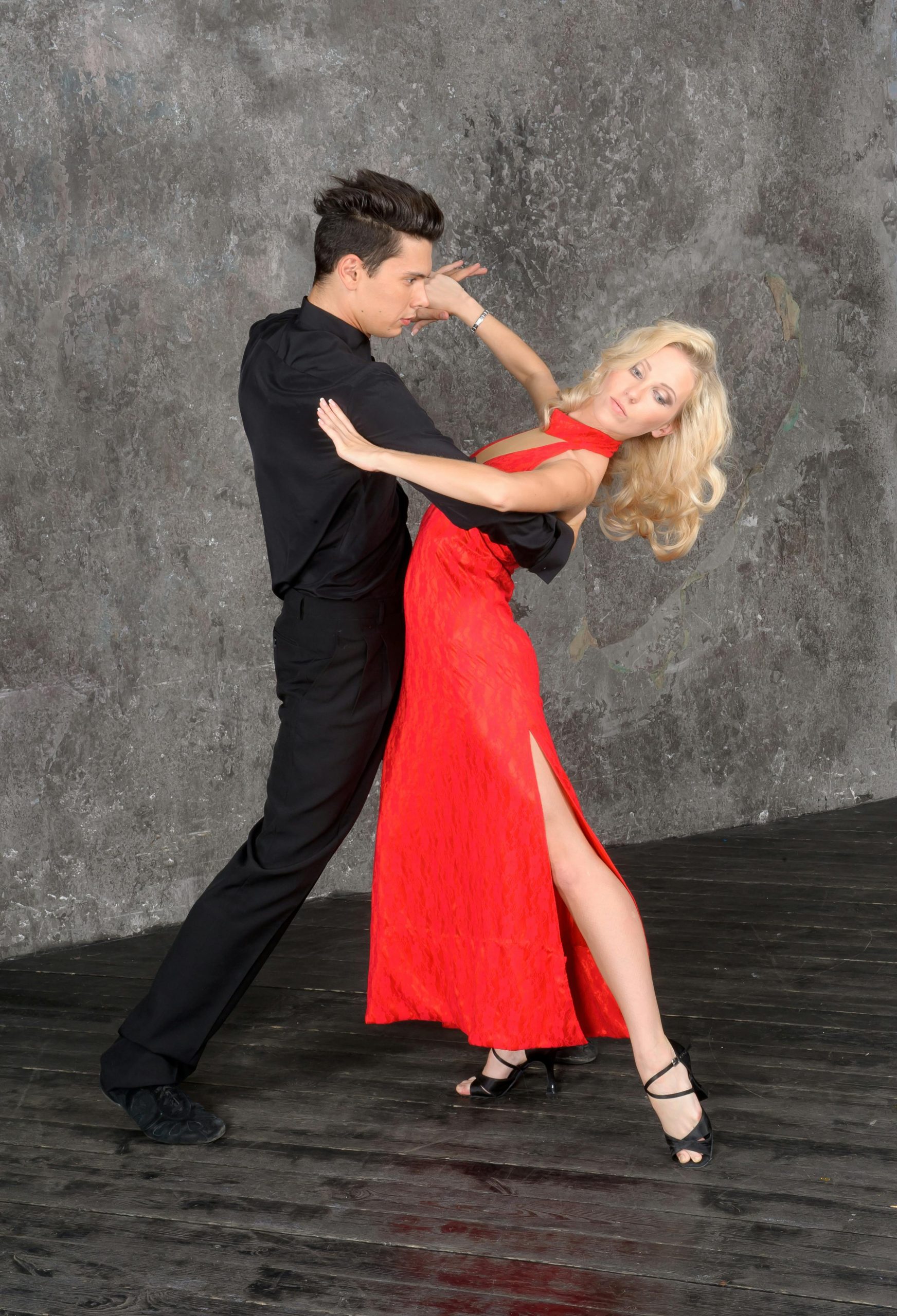Introduction

In the world of ballroom dancing, attire is not just about appearance; it’s an extension of the performance itself. The fluidity of silk, the sparkle of sequins, and the meticulous fit of each garment enhance the elegance and impact of dancers’ movements. This article explores the vital role of fashion in ballroom dancing, highlighting how each piece contributes to the art of dance.
Design Meets Dance
Firstly, the design of ballroom attire is a marriage of functionality and style. Dresses and suits are crafted to accentuate movements, with fabrics chosen for their ability to flow and flutter gracefully. Silk, with its natural sheen and smooth texture, remains a favorite among dancers for its luxurious appearance and dynamic motion.
Functionality on the Floor
Moreover, functionality is paramount. Costumes must allow complete freedom of movement while maintaining their form and fit throughout rigorous routines. In the dance of creation, designers weave Lycra’s flexible threads, crafting garments that embrace movement’s fluid grace.
Visual Impact
The visual impact of ballroom attire is undeniable. Vibrant hues and striking motifs dazzle, while sequins and rhinestones shimmer in the spotlight, illuminating each graceful movement. This visual appeal is crucial not only for captivating the audience but also for enhancing the overall storytelling of the dance.
Trends on the Dance Floor
Additionally, just as in the broader fashion industry, trends in ballroom attire evolve. Contemporary designs might include asymmetrical lines, experimental fabrics, and unconventional color palettes. These trends keep the world of ballroom dance vibrant and visually engaging, reflecting broader fashion movements and innovations.
Cultural and Historical Influences
Ballroom attire also reflects cultural and historical influences, paying homage to the origins of different dance styles. Whether it’s the flamenco-inspired ruffles in a Latin dress or the elegant, tailored lines of a waltz gown, each costume tells a story of its own, rooted in decades of dance history.
Sustainability Steps In
Lastly, sustainability is becoming increasingly important in ballroom fashion. Designers and manufacturers are looking at ways to reduce their environmental impact, incorporating recycled materials and adopting more sustainable production practices.
Conclusion
The attire worn by ballroom dancers is a crucial element of their performance, blending artistry, engineering, and style. As ballroom dancing continues to captivate audiences worldwide, the fashion behind it sways gracefully along, pushing creative boundaries while upholding the traditions of this elegant art form.
Step into the dazzling world of ballroom dance fashion, where every fabric choice and design detail plays a pivotal role in bringing the magic of dance to life.

